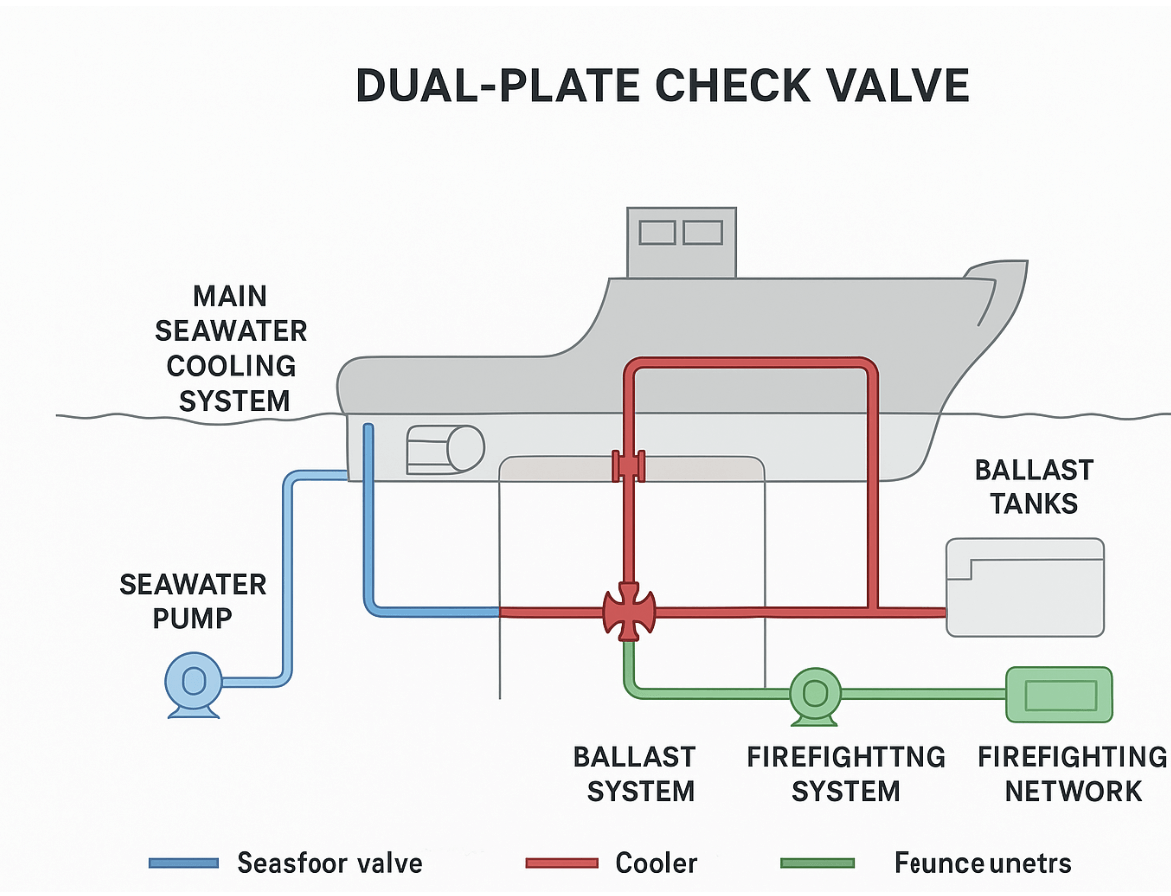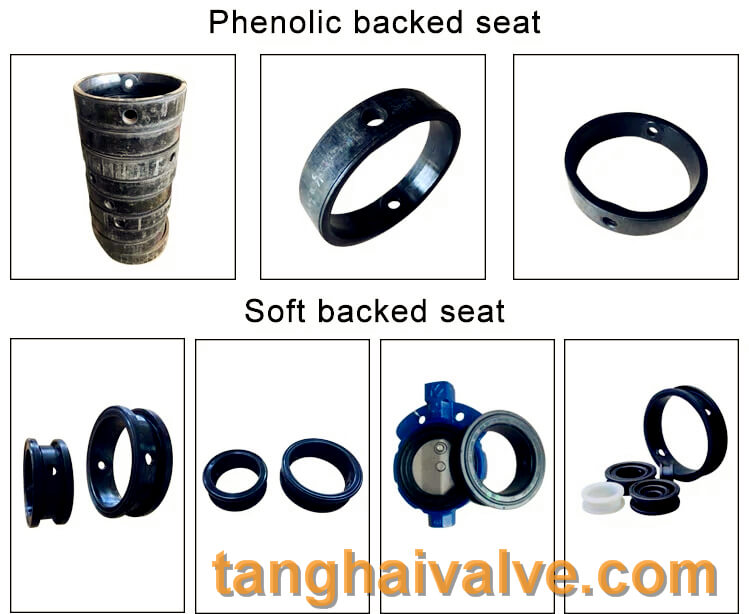C83600 Concentric Butterfly Valve Disc – Detailed Introduction
1. Material Description
C83600 belongs to Leaded Tin Bronze, one of the internationally recognized and widely used materials for marine valves.
Main Composition:
Copper (Cu): ~83%
Tin (Sn): ~7%
Lead (Pb): ~7%
Zinc (Zn): ~3%
Standards: Complies with ASTM B62, SAE 40
Material Properties:
High strength and toughness
Excellent corrosion resistance, especially suitable for seawater and salt spray environments
Superior casting performance and machinability
Good self-lubricating ability and excellent anti-galling performance
2. Advantages in Butterfly Valve Discs
Seawater Corrosion Resistance
C83600 maintains stable corrosion resistance in chloride-rich seawater, preventing pitting or dezincification of the disc.
Stable Sealing Performance
The disc has a high surface finish and good machinability, ensuring a precise fit with soft seats such as EPDM and NBR, and guaranteeing zero or minimal leakage.
Wear and Erosion Resistance
Under frequent operation or high-velocity seawater flow, discs made of C83600 offer long service life and are resistant to wear and erosion.
Excellent Castability and Machinability
Suitable for casting complex disc structures, with dense microstructure and high machining precision, ensuring overall valve performance.
High Reliability
Meets the requirements of classification societies such as ABS, LR, DNV, BV, and is widely used in marine systems.
3. Applications
C83600 discs are widely applied in concentric soft-seated butterfly valves for marine service, with typical applications including:
Ballast Water Systems
Seawater Cooling Systems
Fire-Fighting Piping Systems
Bilge, sewage, and seawater pipelines
4. Typical Properties
| Property | Value Range | Remarks |
| Tensile Strength | ≥ 250 MPa | Ensures strength and load capacity |
| Yield Strength | ≥ 100 MPa | Resistant to deformation under load |
| Brinell Hardness (HB) | 65 – 85 | Balanced hardness for wear resistance and machinability |
| Elongation | ≥ 10% | Provides toughness and impact resistance |
| Density | ~ 8.8 g/cm³ | Dense and stable material structure |
| Corrosion Resistance | Excellent | Especially suitable for marine environments |





 © Copyright 2020 Tianjin Tanghaidongyang Valve Co., Ltd. All Rights Reserved.
© Copyright 2020 Tianjin Tanghaidongyang Valve Co., Ltd. All Rights Reserved.